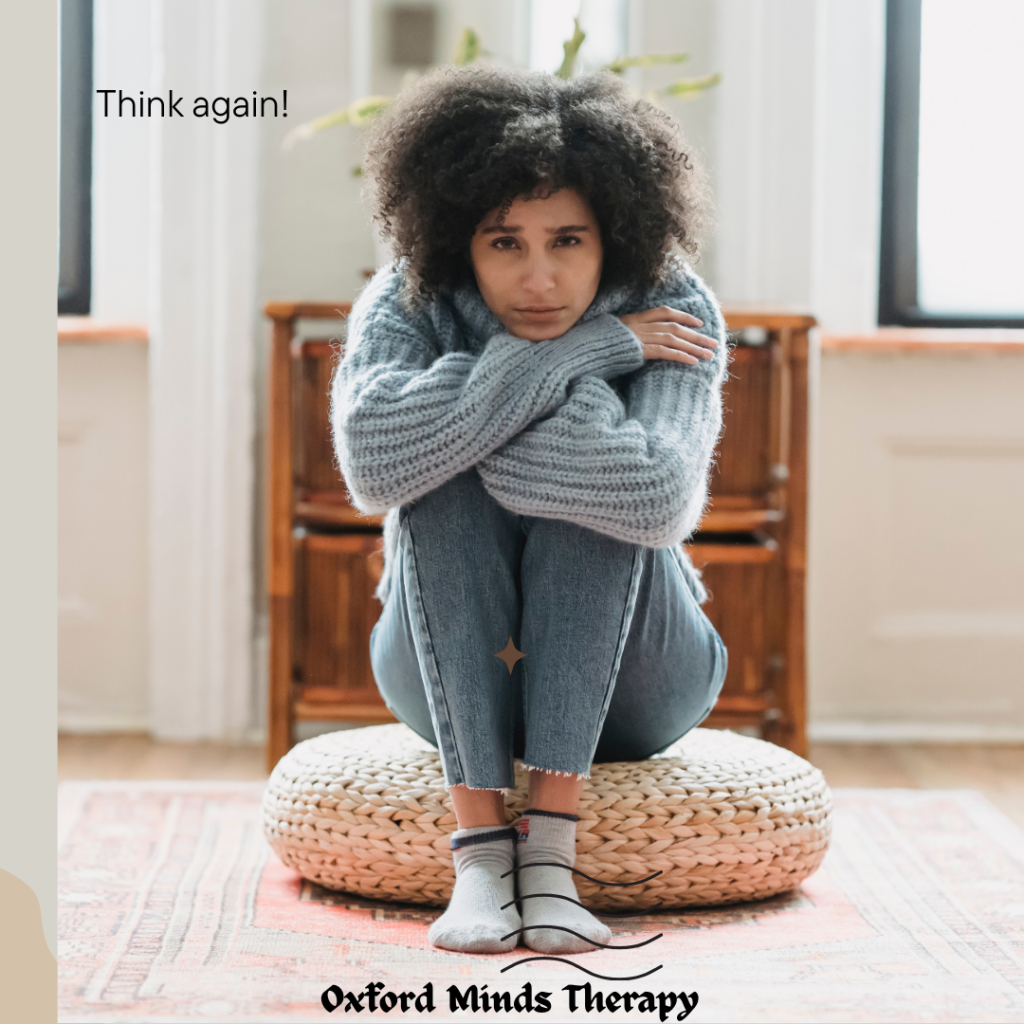As the clocks go back and the days grow shorter here in the UK, you might notice changes in your energy, sleep, and mood. For some, these changes can be more than just feeling a bit tired or less motivated—this could be a sign of Seasonal Affective Disorder (SAD), sometimes known as autumn and winter depression.

Book your Discovery Call here or contact me for a Quick Chat!
Phone: +447826 966828
WhatsApp: +447826 966828
Email: Victoria@PeopleBuilding.co.uk
What Is Seasonal Affective Disorder (SAD)?
SAD is a form of depression that follows a seasonal pattern. You may find your symptoms starting in autumn as daylight reduces, often getting worse through winter, and then lifting again as spring brings longer days.
Unlike the occasional “winter blues,” SAD tends to be more severe and can disrupt your daily life, relationships, and overall wellbeing. If you’re affected, you’re not alone—about 1 in 15 adults in the UK experience SAD each year.
Recognising the Signs and Symptoms of SAD
Emotional Symptoms
- Persistent low mood or sadness
- Loss of interest in activities you usually enjoy
- Feelings of guilt, hopelessness, or worthlessness
- Difficulty concentrating
Physical Symptoms
- Fatigue or sluggishness
- Sleeping more than usual but still feeling tired
- Increased appetite, especially for carbohydrates
- Withdrawing from friends, family, and social life
You might notice these symptoms starting gradually in September or October, and reaching their peak in December or January. If you recognise this pattern year after year, it could be SAD.
Book your Discovery Call here or contact me for a Quick Chat!
Phone: +447826 966828
WhatsApp: +447826 966828
Email: Victoria@PeopleBuilding.co.uk
What Causes SAD?
Daylight and Your Body’s Internal Clock
When sunlight is reduced, your body’s circadian rhythm—which helps regulate sleep and mood—can be disrupted. This might leave you feeling tired, irritable, or low in energy.
Brain Chemistry: Melatonin and Serotonin
- Melatonin: Darker days increase melatonin production, making you feel more sleepy.
- Serotonin: Less sunlight can lower serotonin levels, a key chemical for stabilising mood.
This is why autumn and winter can feel especially challenging.
Are You at Risk of SAD?
While anyone can experience SAD, you may be more at risk if you:
- Live in northern latitudes like the UK
- Have a family history of depression or SAD
- Spend little time outdoors during daylight hours
- Have a high-stress lifestyle or irregular routines
Book your Discovery Call here or contact me for a Quick Chat!
Phone: +447826 966828
WhatsApp: +447826 966828
Email: Victoria@PeopleBuilding.co.uk
How Oxford Minds Therapy Can Support You
At Oxford Minds Therapy, we understand that SAD isn’t a weakness—it’s a genuine, seasonal condition that deserves compassion and support. Our holistic, client-centred approach is here to help you every step of the way:
- NLP for Seasonal Thinking Patterns: We help you notice and reframe negative inner dialogue that can intensify during darker months.
- Hypnotherapy for Sleep and Calm: Our guided hypnotherapy is designed to restore restful sleep, ease anxiety, and create relaxation.
- Neurotheology for Hope and Grounding: Spiritual practices can offer you meaning, hope, and peace—powerful anchors in the season’s darkness.
Practical Steps You Can Take
- Maximise your exposure to daylight: Try to spend time outdoors every day, even if it’s cloudy.
- Keep your routines steady: Regular times for waking, eating, and sleeping can help maintain balance.
- Practice relaxation: Mindfulness, breathing exercises, or prayer can all help reduce stress.
- Seek support early: Therapy and self-care can prevent symptoms from becoming overwhelming.
Finding Hope in Darker Days
If your mood drops as the days shorten, remember—you are not alone. SAD affects thousands of adults in the UK every year. With awareness, support, and practical tools, you can find your way back to the light, even in the darkest months.
At Oxford Minds Therapy, we’ll walk beside you, step by step, helping you rediscover strength and renewal with every changing season.
By Victoria N Waligo
https://oxfordmindstherapy.pbnlp.org/
Book your Discovery Call here or contact me for a Quick Chat!
Phone: +447826 966828
WhatsApp: +447826 966828
Email: Victoria@PeopleBuilding.co.uk
References
- NHS. (2023). Seasonal affective disorder (SAD). NHS UK.
Retrieved from: https://www.nhs.uk/mental-health/conditions/seasonal-affective-disorder-sad - Mayo Clinic. (2023). Seasonal affective disorder (SAD). Mayo Clinic.
Retrieved from: https://www.mayoclinic.org/diseases-conditions/seasonal-affective-disorder - National Institute of Mental Health (NIMH). (2023). Seasonal Affective Disorder.
Retrieved from: https://www.nimh.nih.gov/health/publications/seasonal-affective-disorder - Mental Health Foundation. (2022). Seasonal Affective Disorder (SAD).
Retrieved from: https://www.mentalhealth.org.uk/explore-mental-health/a-z-topics/seasonal-affective-disorder-sad - Partonen, T., & Lönnqvist, J. (1998). Bright light improves vitality and alleviates distress in healthy people. Journal of Affective Disorders, 46(2), 89–97.
https://doi.org/10.1016/S0165-0327(97)00110-7 - Royal College of Psychiatrists. (2023). Seasonal affective disorder (SAD).
Retrieved from: https://www.rcpsych.ac.uk/mental-health/seasonal-affective-disorder
